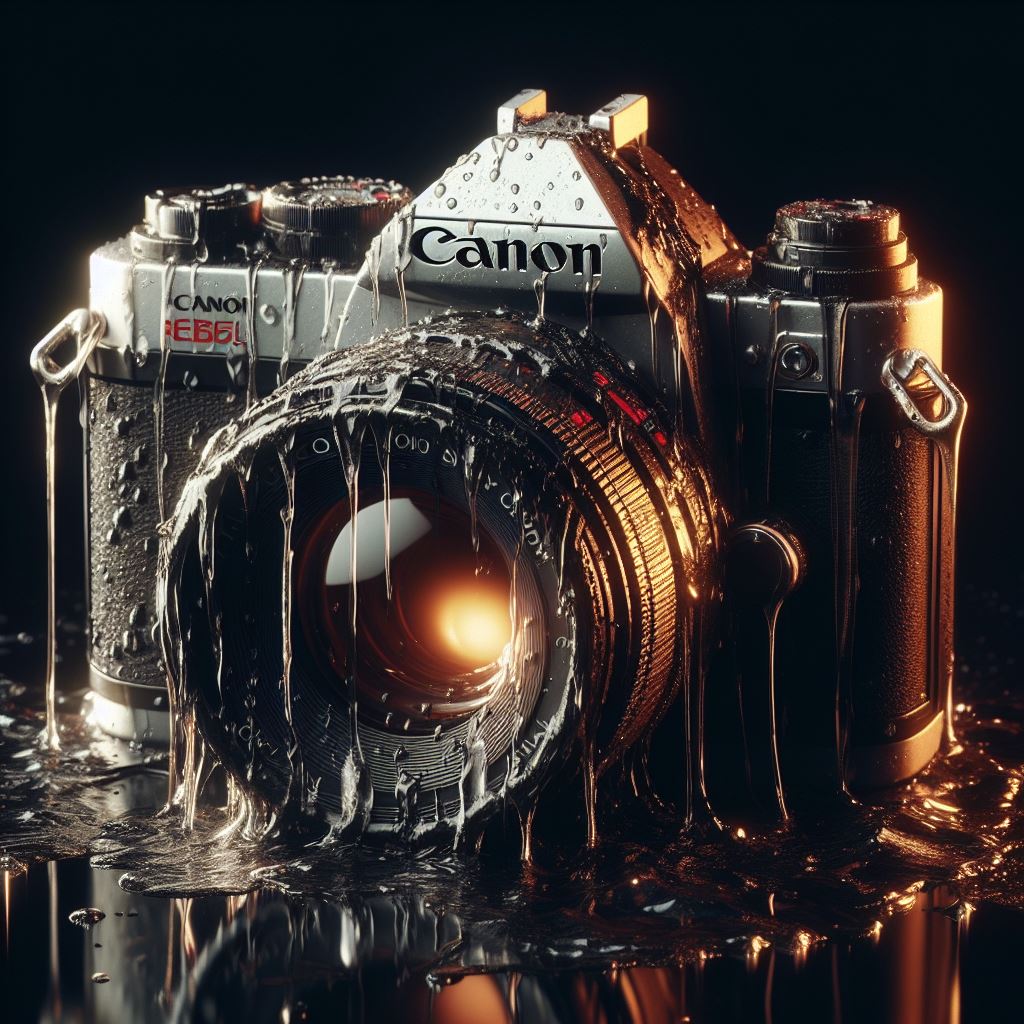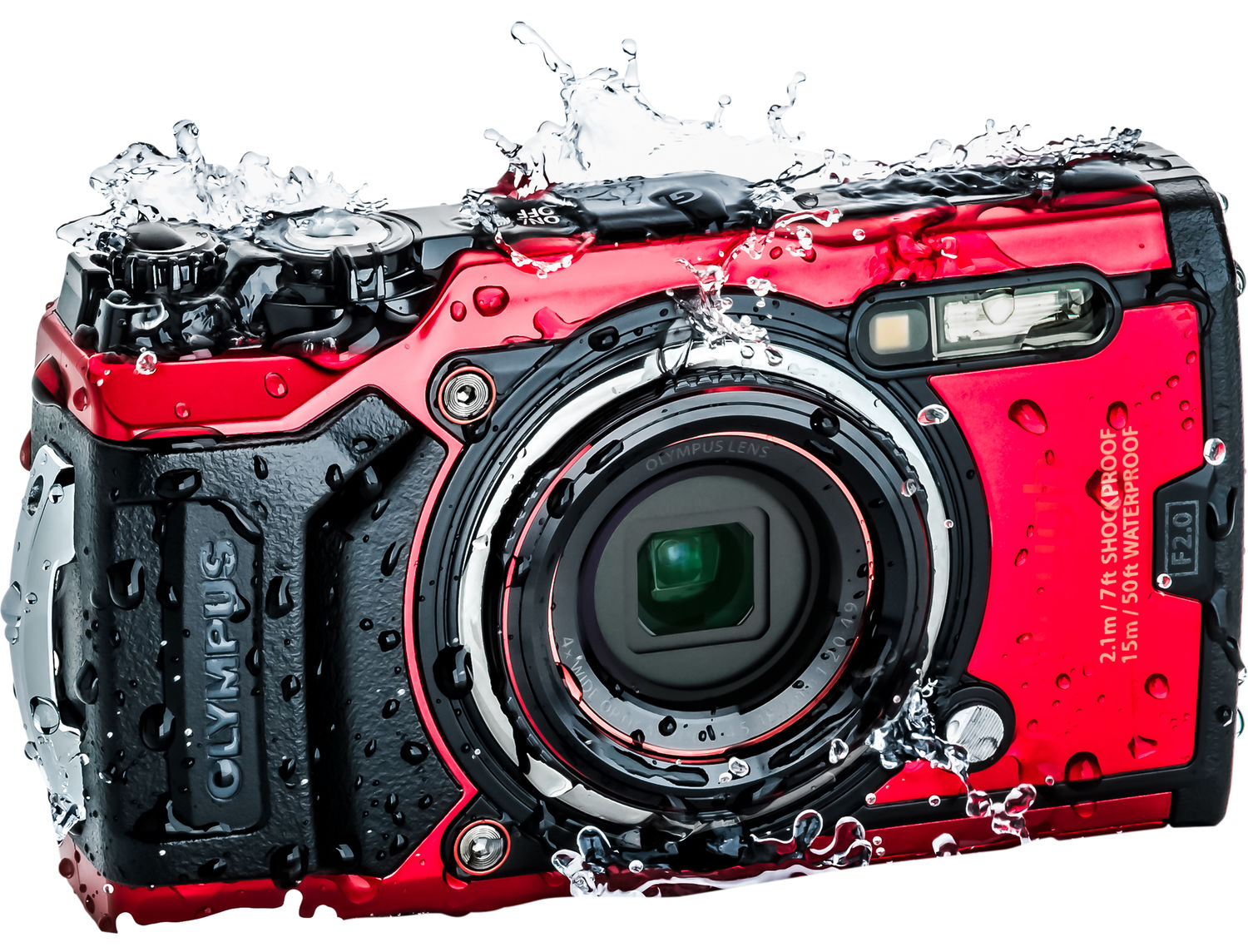Download your FREE copy of our Competencies Checklist. The checklist is a tool that can provide you with a roadmap of sorts to put you on a more efficient path to learning and becoming a more competent and self-reliant canyoneer.

VS

Adolfo's strategies to overcome common challenges in canyon photography
Challenge: high contrast scenes
Scenes where we include very bright areas and very dark areas in the framing of the photo. Like trying to include a very bright blue sky, and the shadowed canyons walls. The result in some cameras is to either:
- Get a great blue sky with dark detail-less canyon walls
- A white washed out sky with nice detailed canyon walls.
What can you do?
You can choose one of these strategies to overcome this problem called in photography: High Dynamic Range (HDR) exposure.
- Recompose your shot: If you can, and the sky is not important for your shot, reframe your shot and exclude the sky. Usually shots with people in the canyon.
- If you need the sky in the photo for context or scale, you will need to take your shot by asking the camera to get a good blue sky, and afterwards recover the shaded canyons walls.
Ask the camera for a good blue sky
Almost all cameras have some way to let the user select the area of the photo for optimal exposure. In some cameras this feature is labeled “Spot Metering”, in some smart phones, all you need to do is place your finger on the area of the screen where the sky is.
Recover details in the shaded canyon walls
You can recover the obscured canyon wall details with photo editing software. Some cameras, especially the latest smartphones may do this automatically. Ask Google if your smartphone model has, and uses HDR (High Dynamic Range) automatically. If so, your photos probably already look great.
If not, you may have HDR as an option under “Edit”. Some edit photo apps have just a “magic wand”, because HDR is kind of like that. Photo exposure magic.
If you take photos with an adventure waterproof camera P&S (Point and Shoot), or a 35mm DSLR, your model may have built-in HDR. Google your camera model to find out. If HDR is not a built-in option, you will have to transfer the photos to a computer or tablet and perform the HDR shadow recovery there.

Photo Composition
Clear subject positioning using the rule of thirds and visual paths.
Make composition decisions based on your subject (who) doing something (what) in a context (where).
Have fun! Be safe!
Enjoy the adventure.
Record the memories on film.
Share with the world, responsibly.
Live to tell the stories to your grandchildren.

We would love to hear your feedback ...
- What part of this episode was the most meaningful for you?
- Was there anything confusing about it, or where did you need more information?
- Do you have questions about the episode?
- Do you have a topic suggestion for a future episode?
